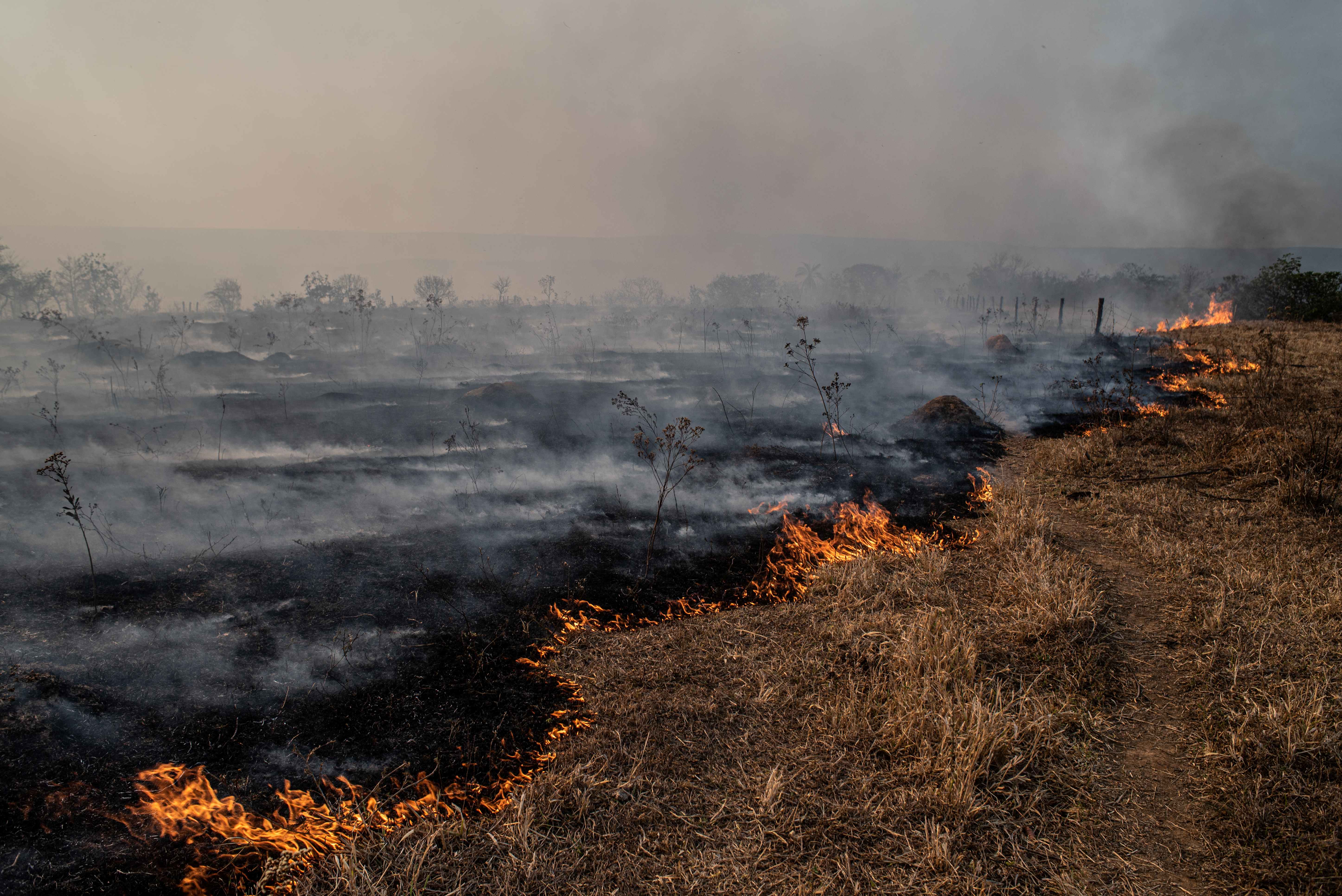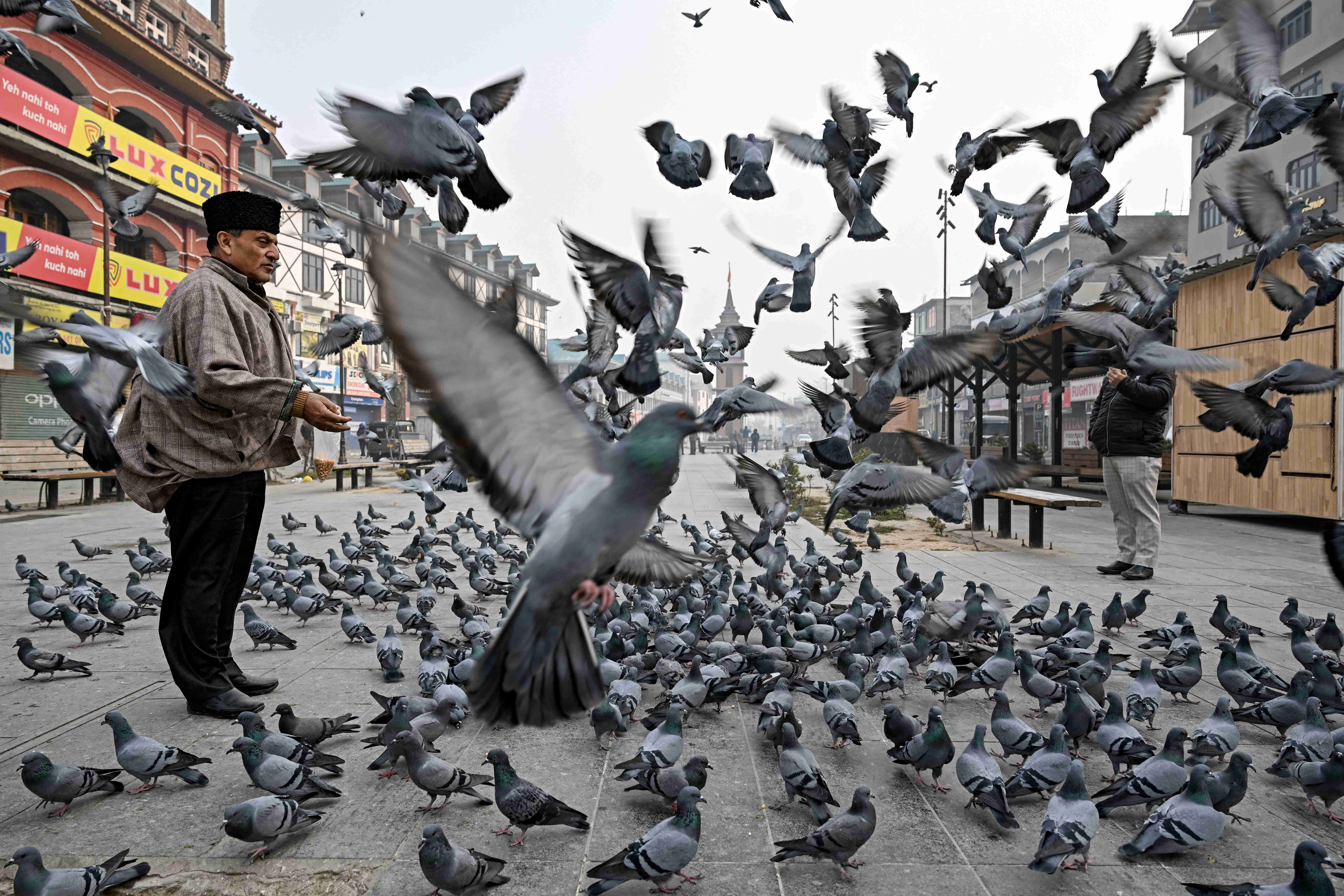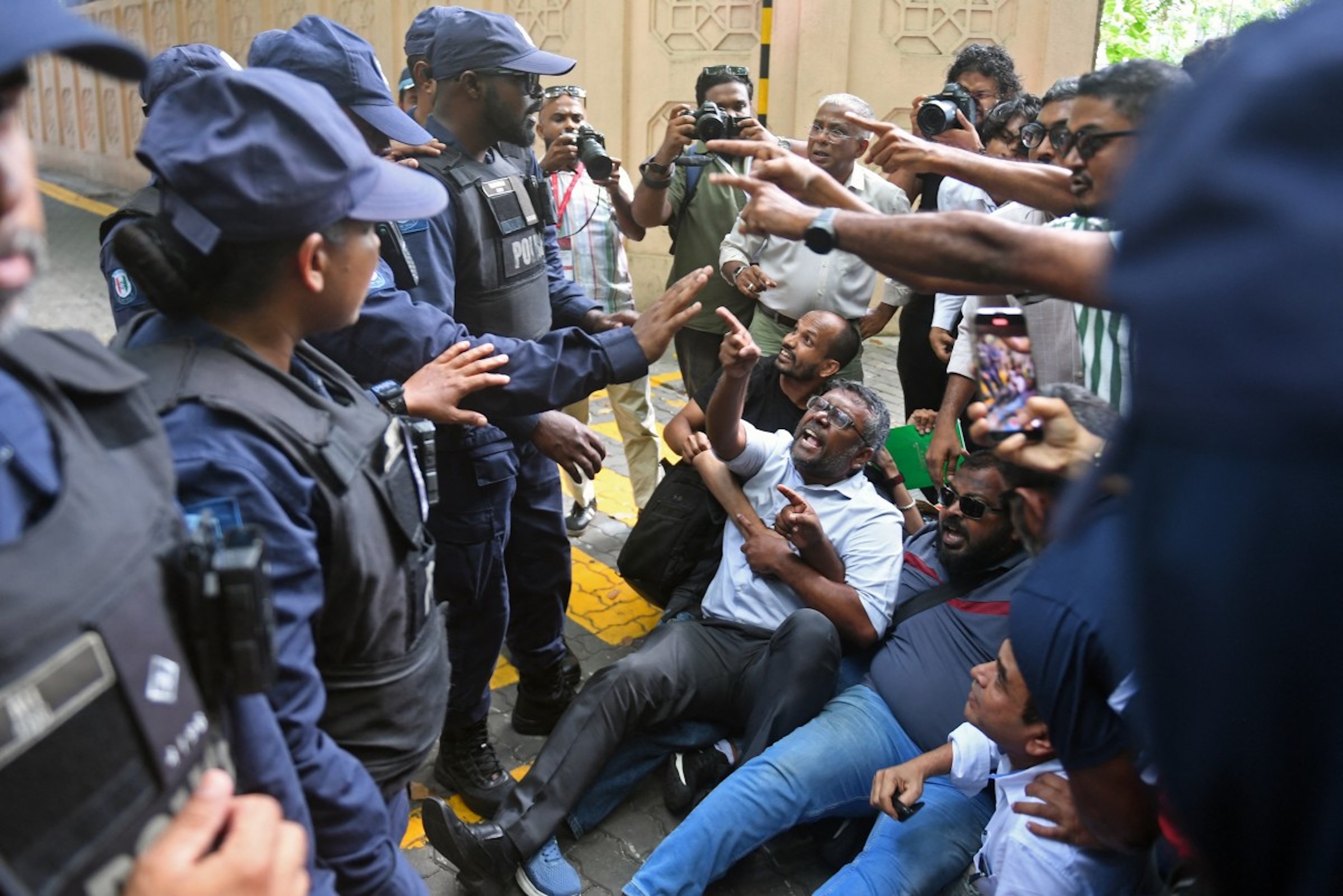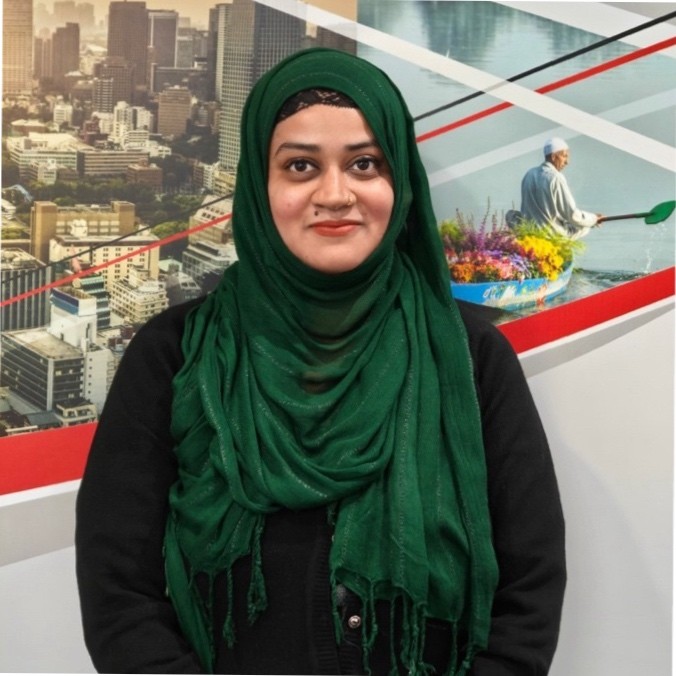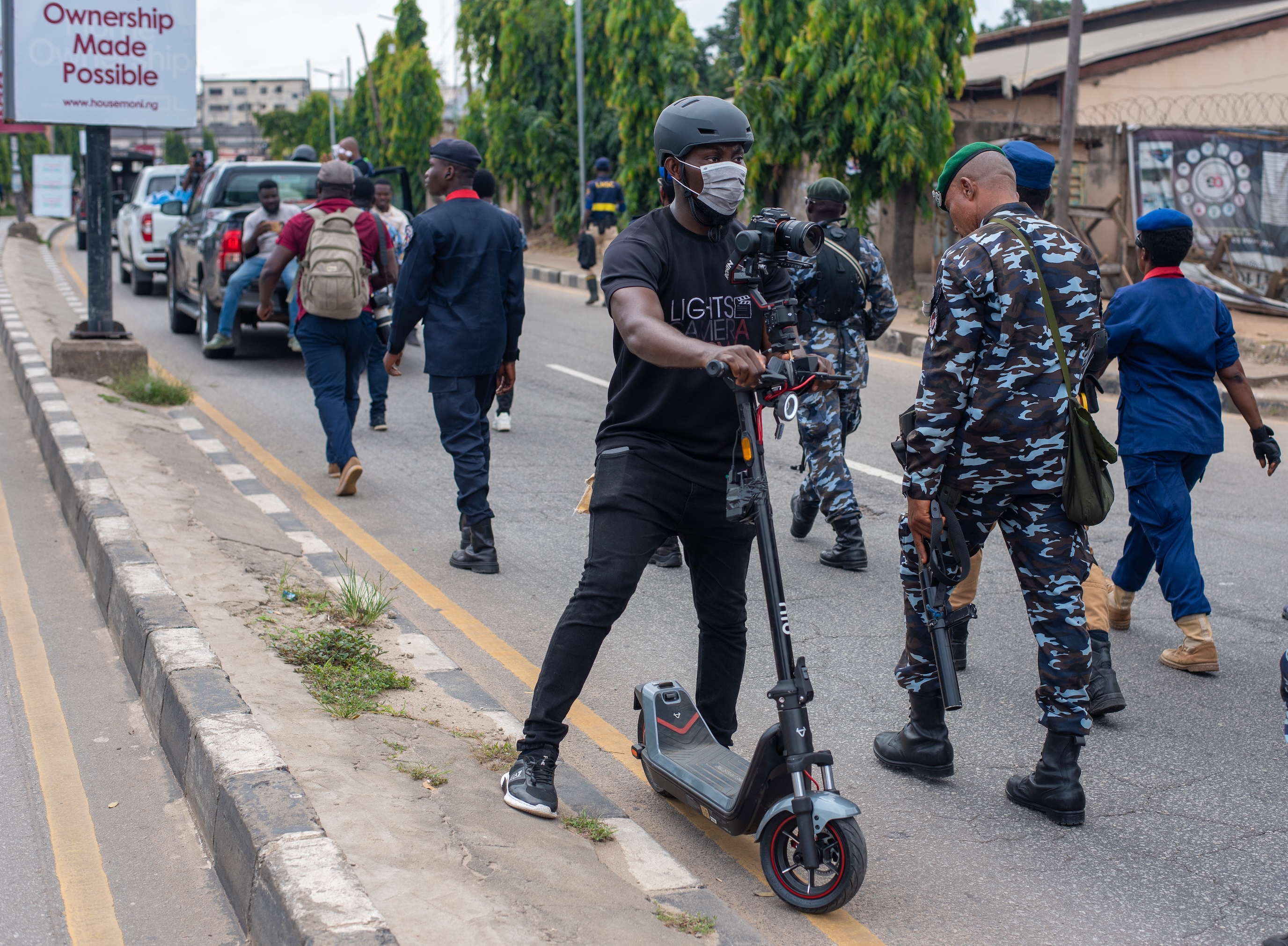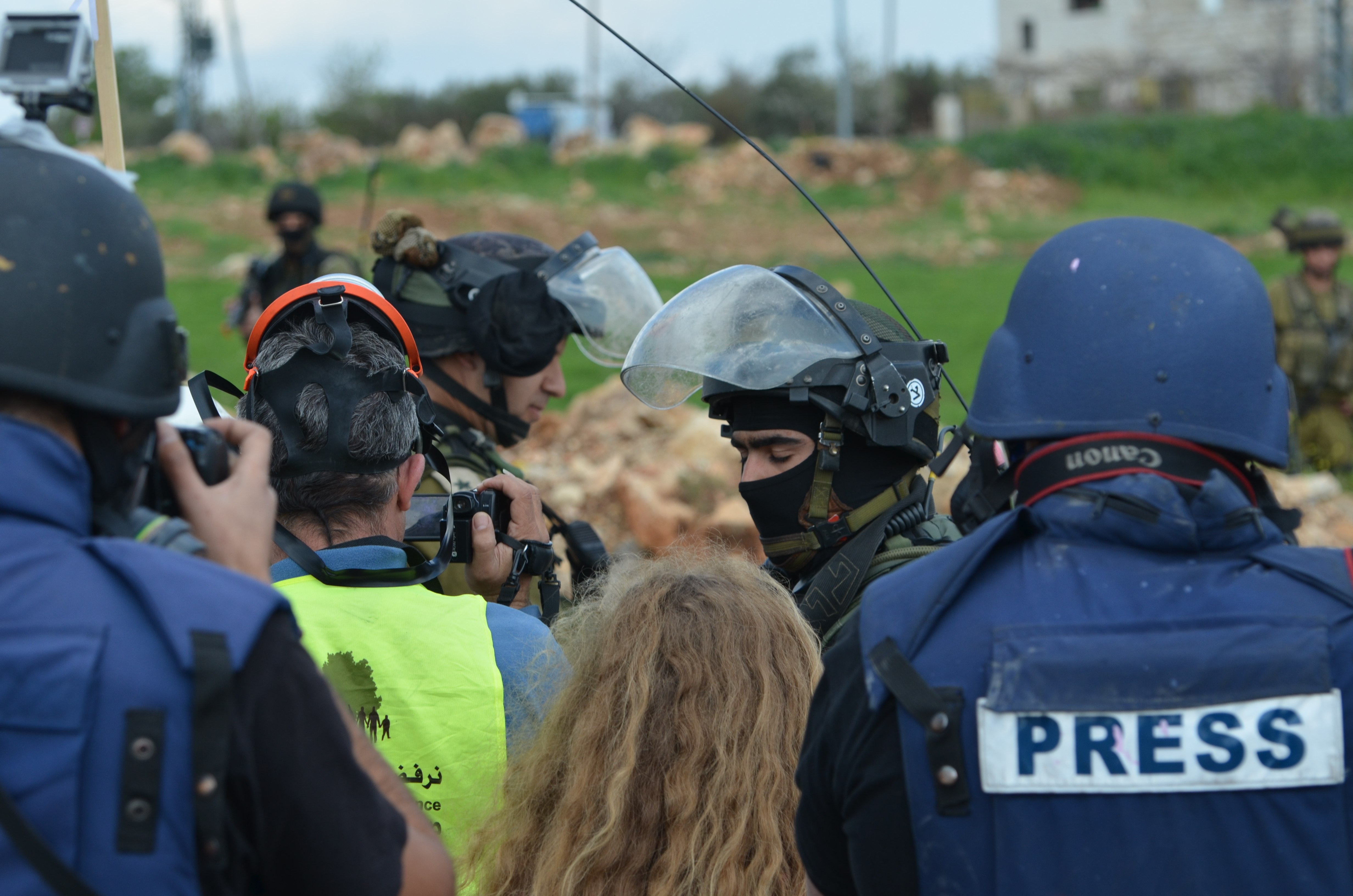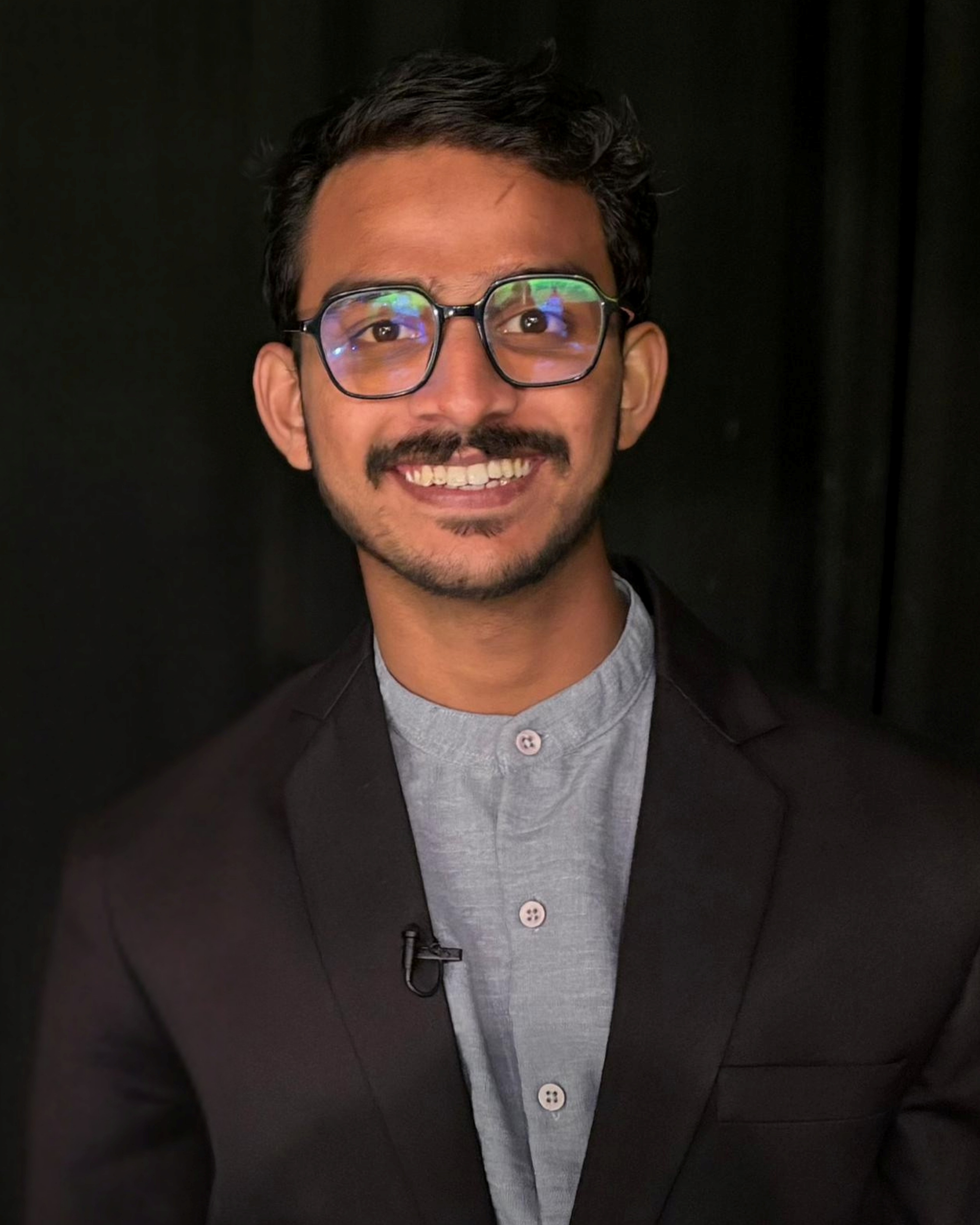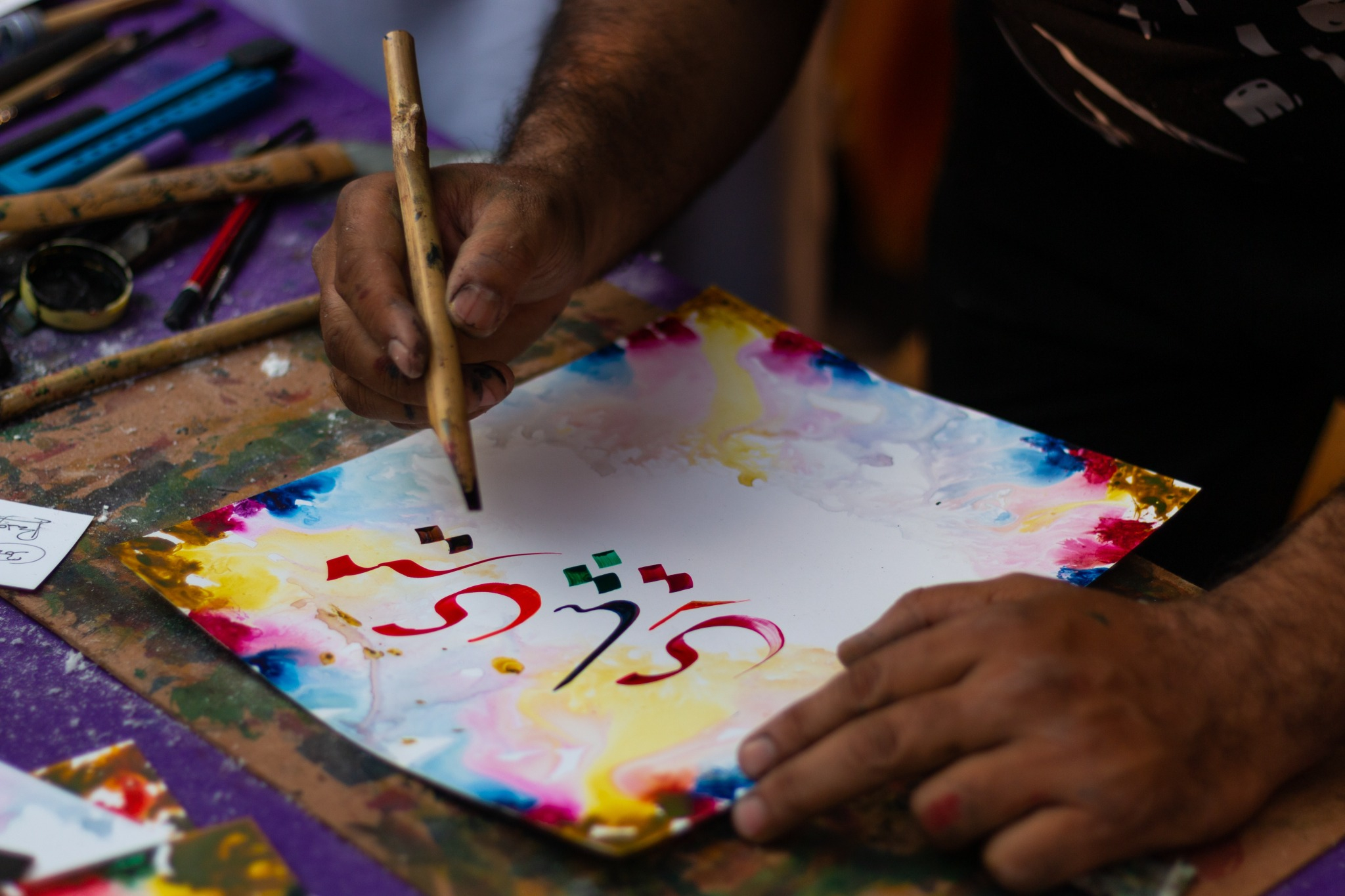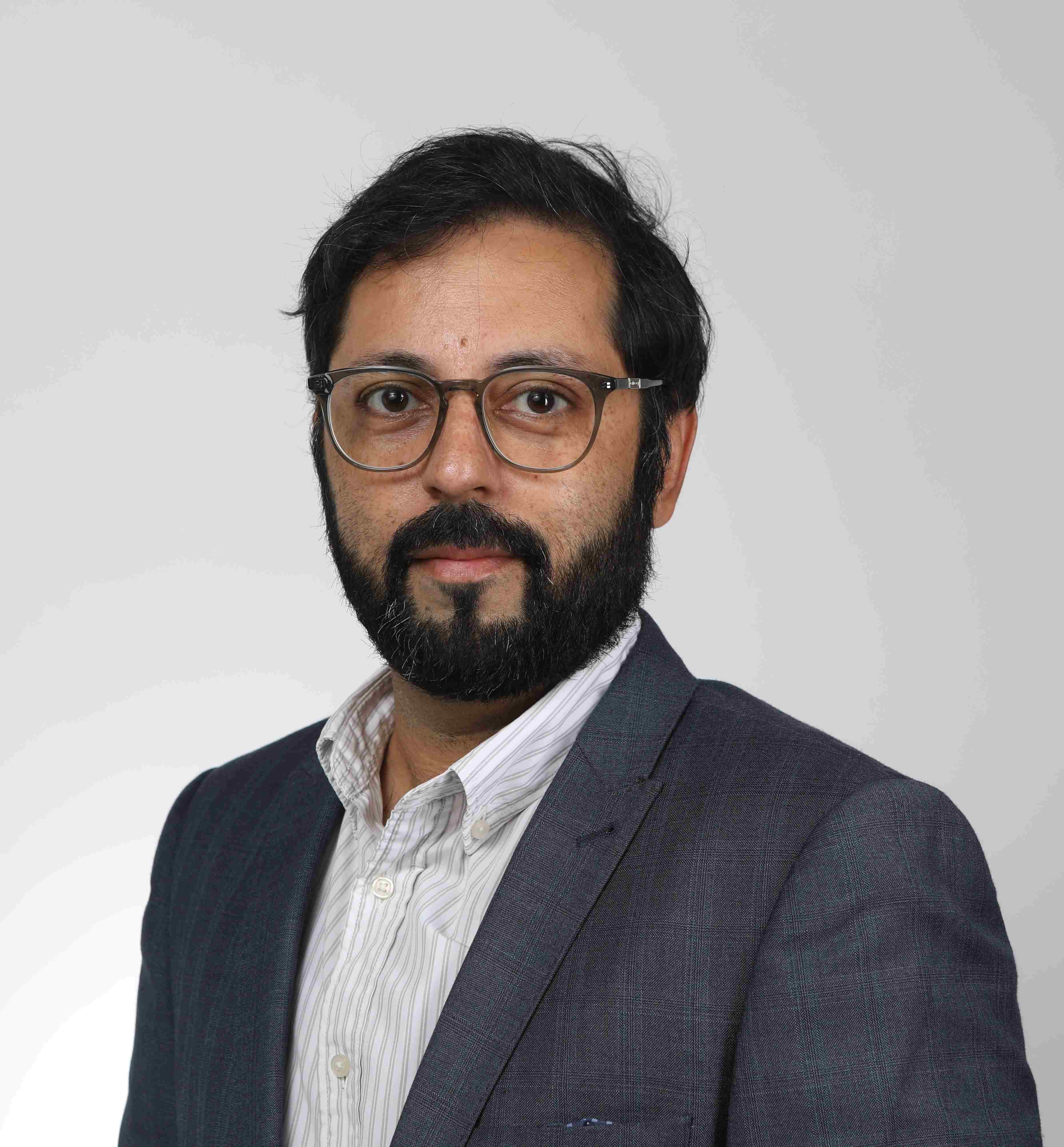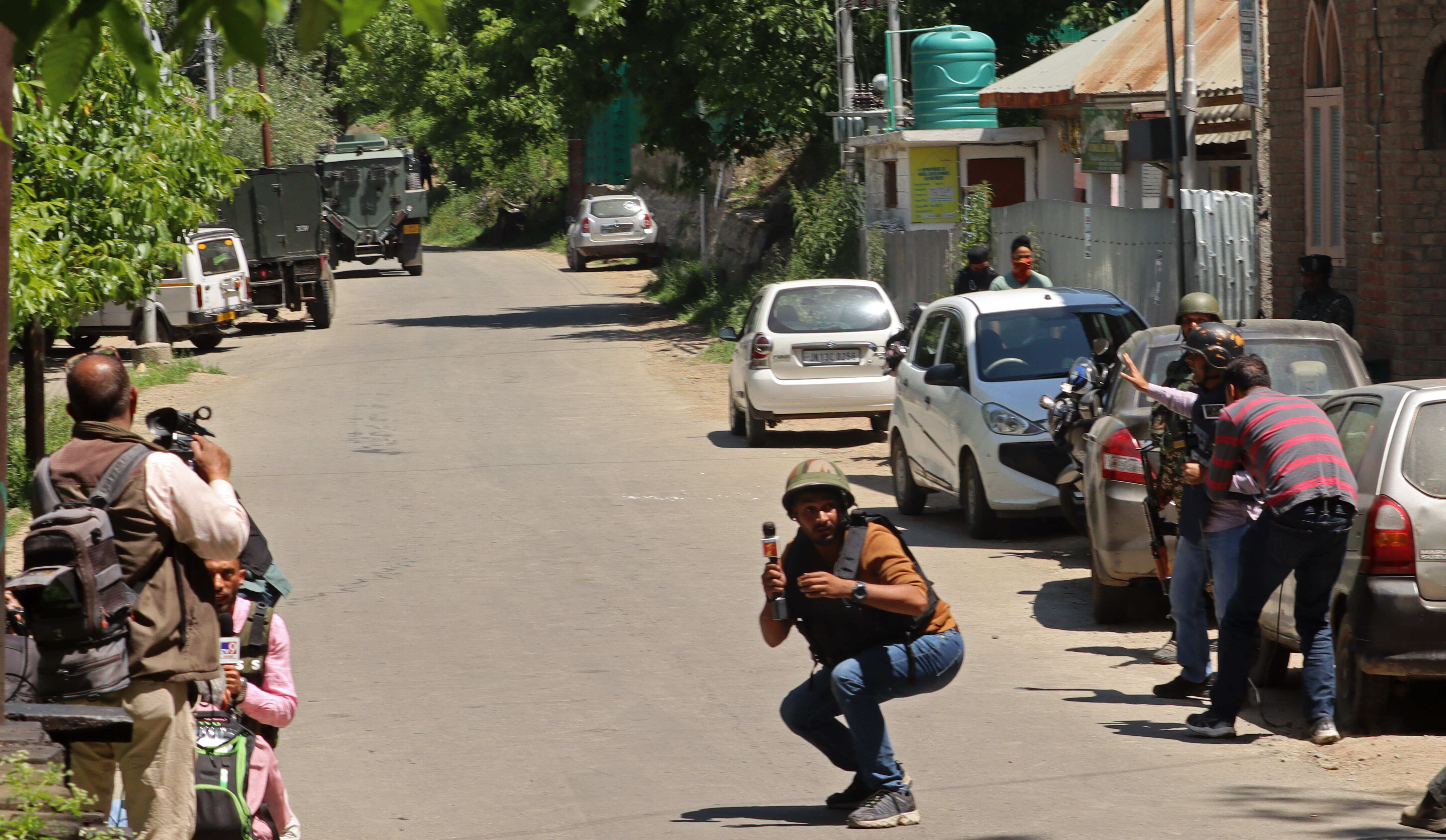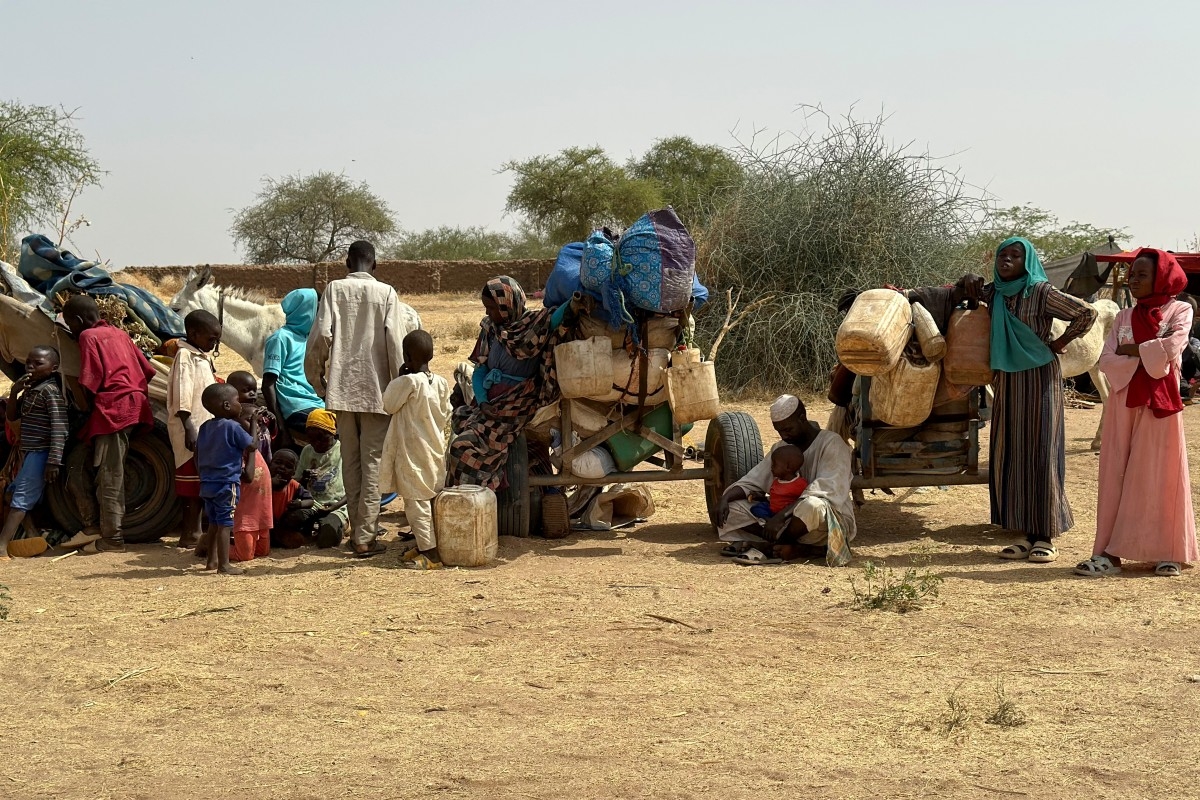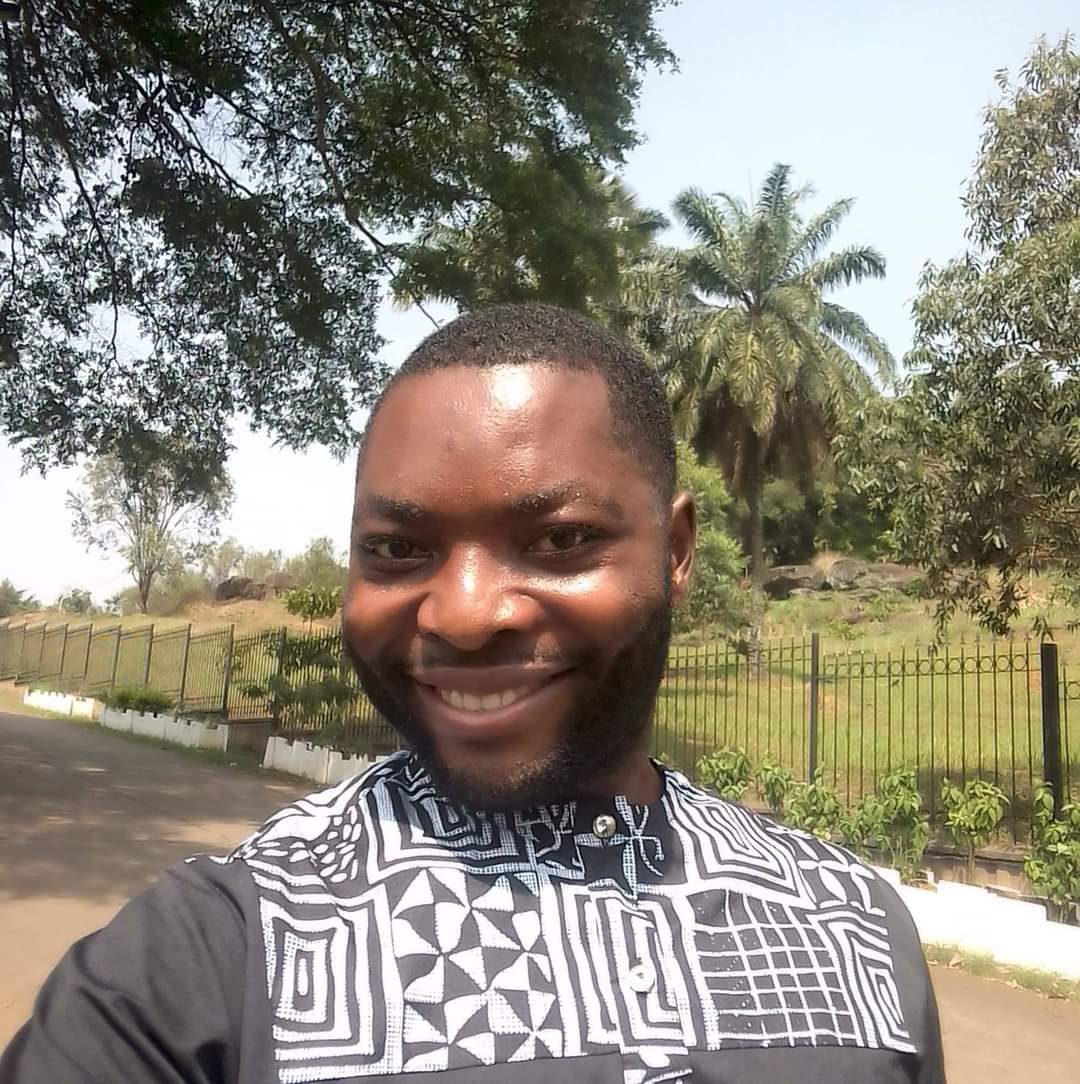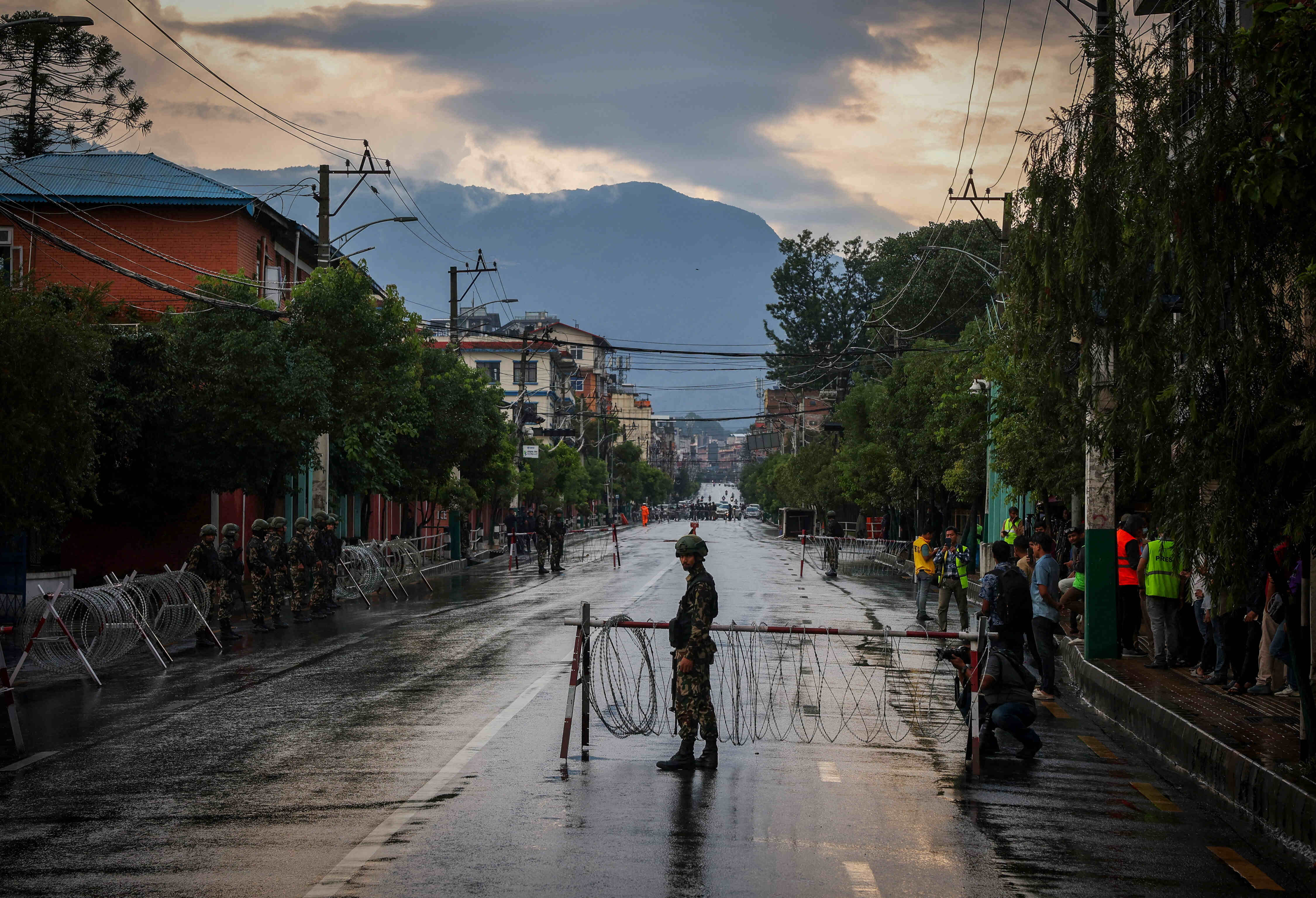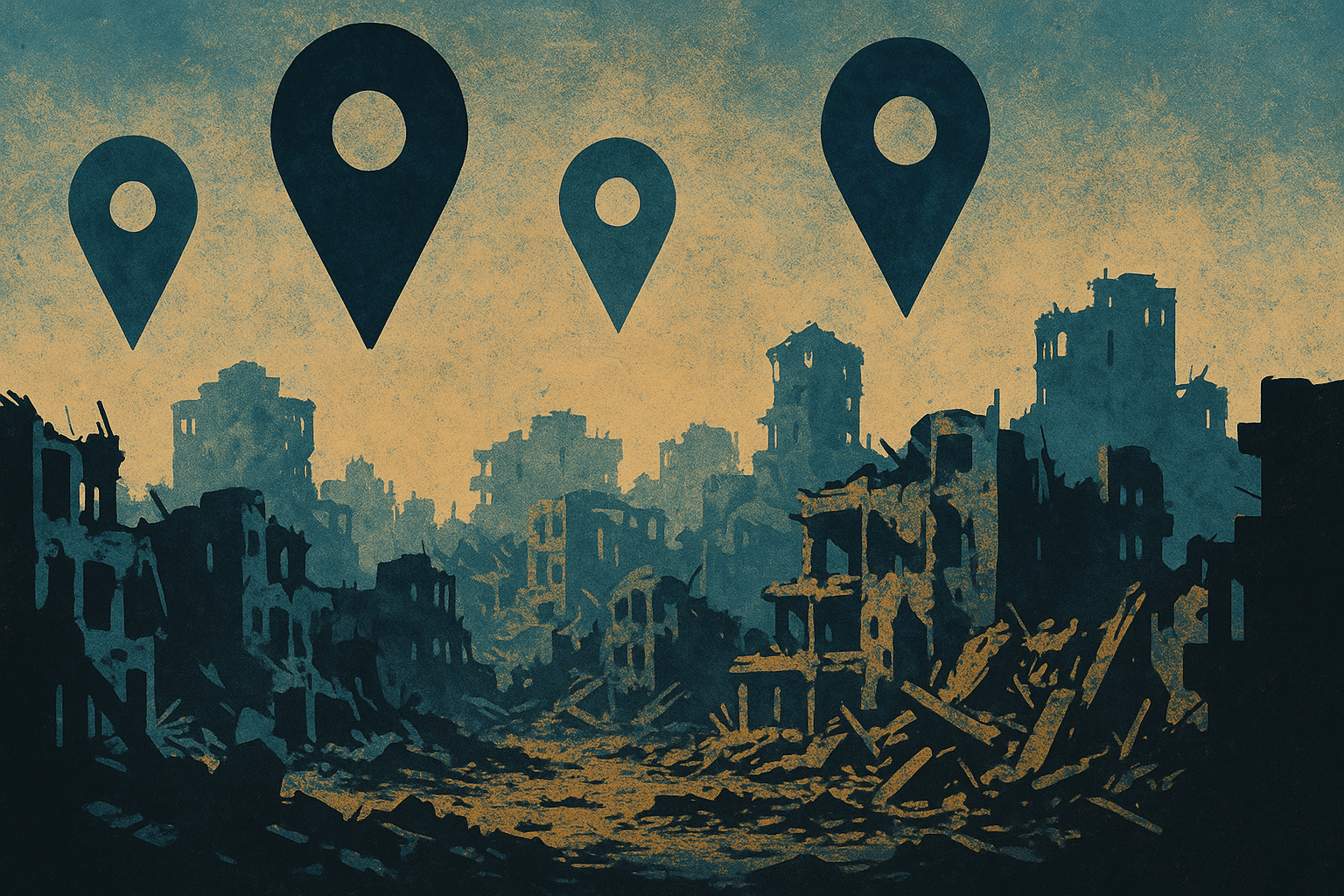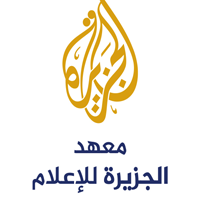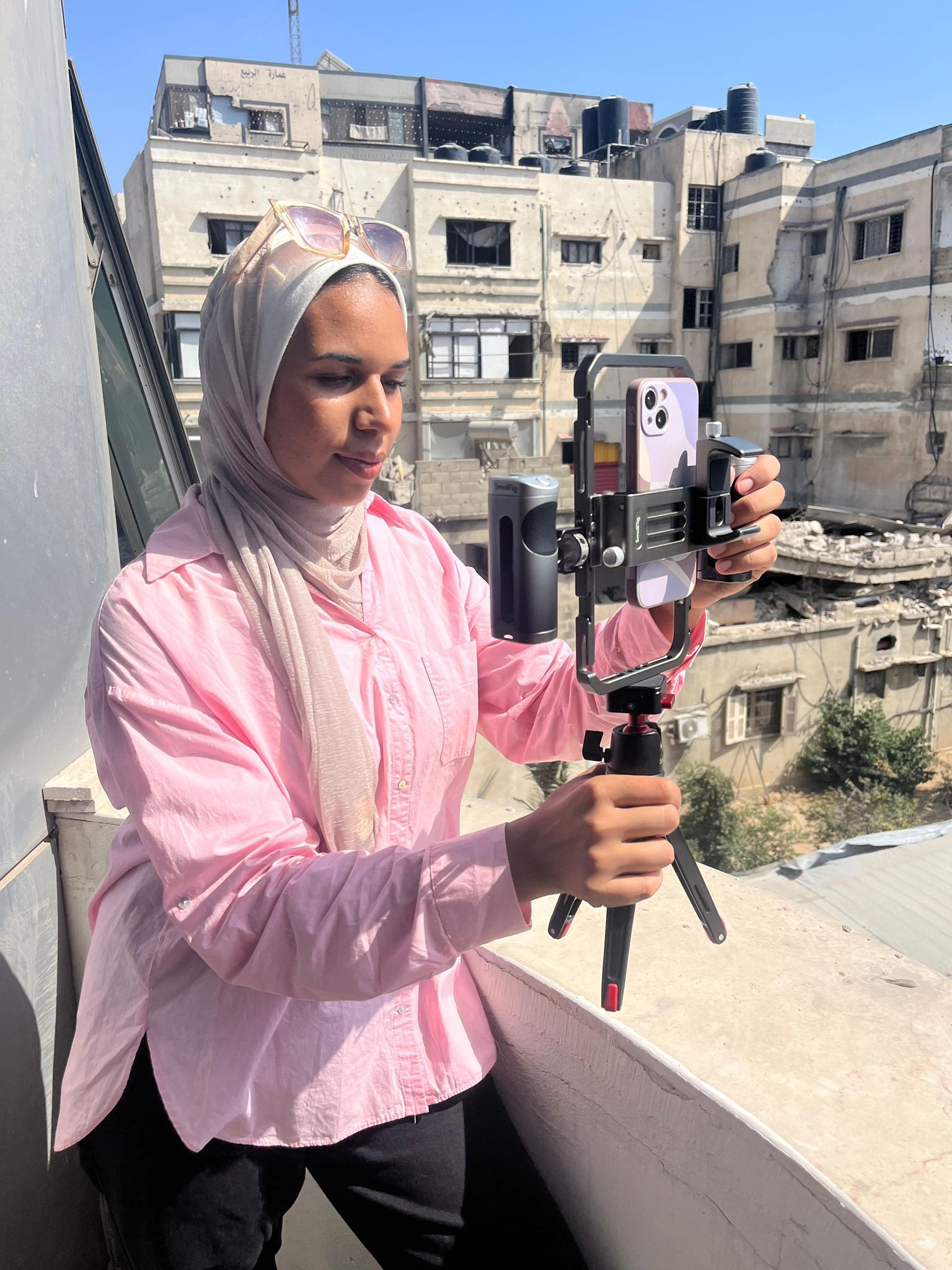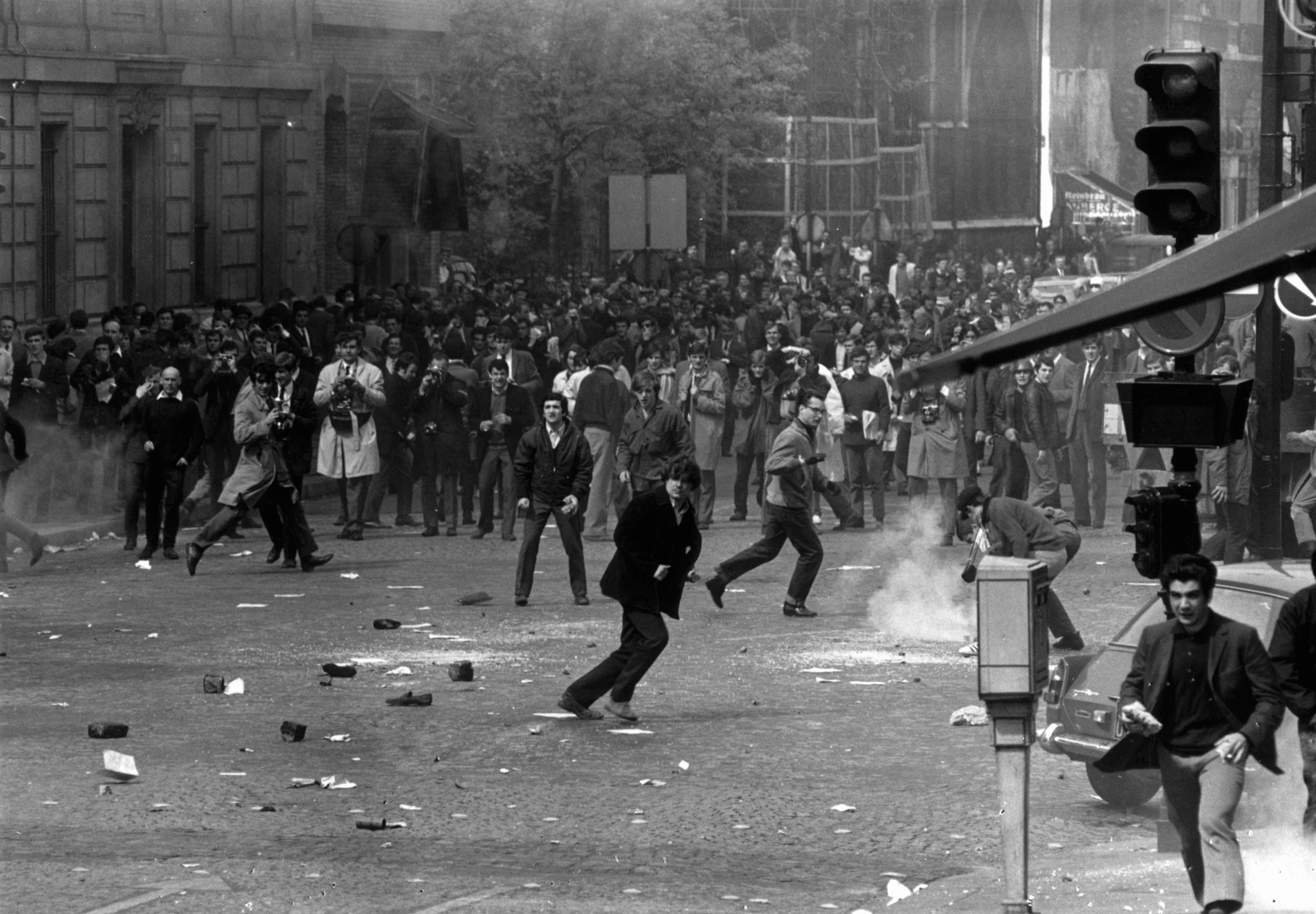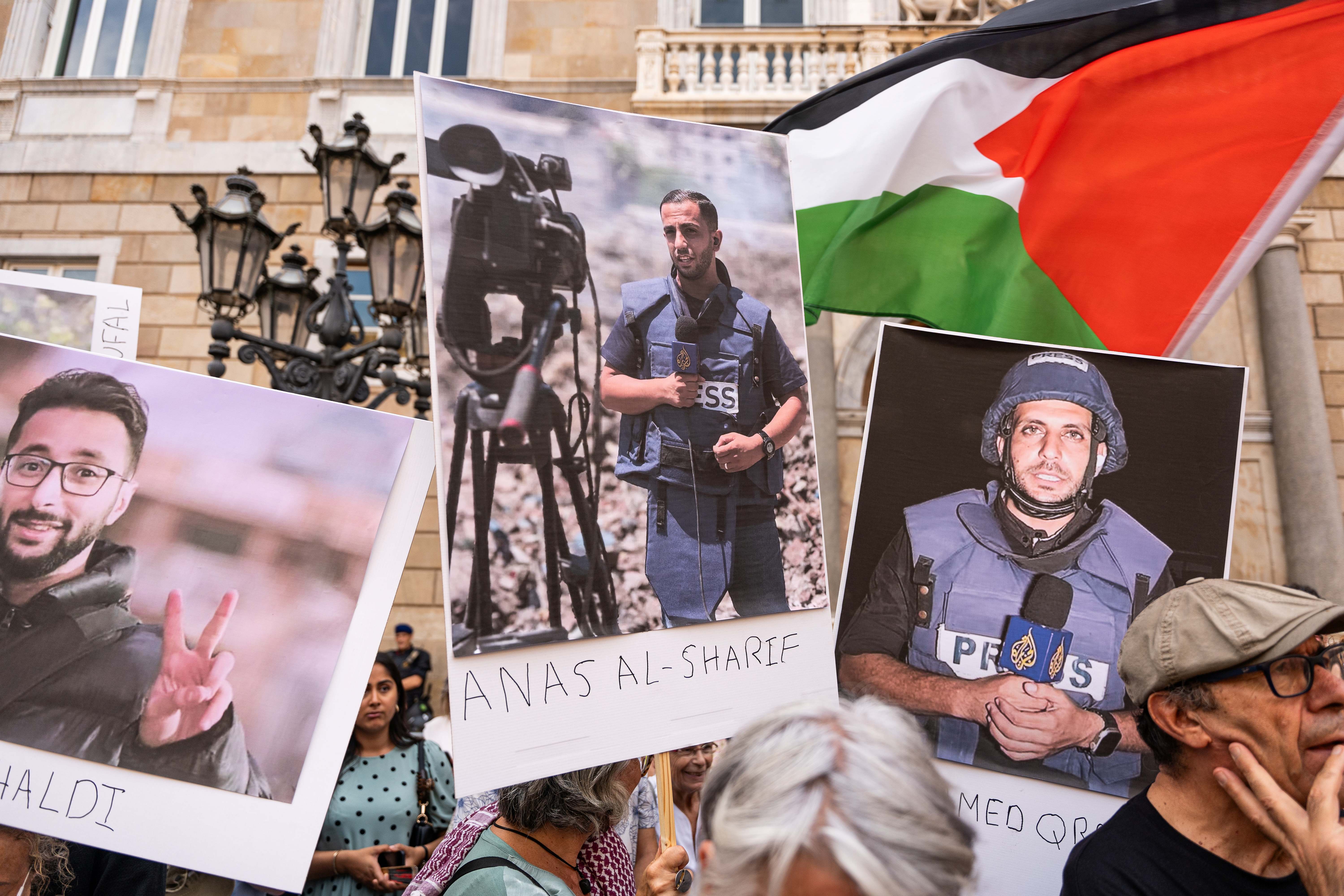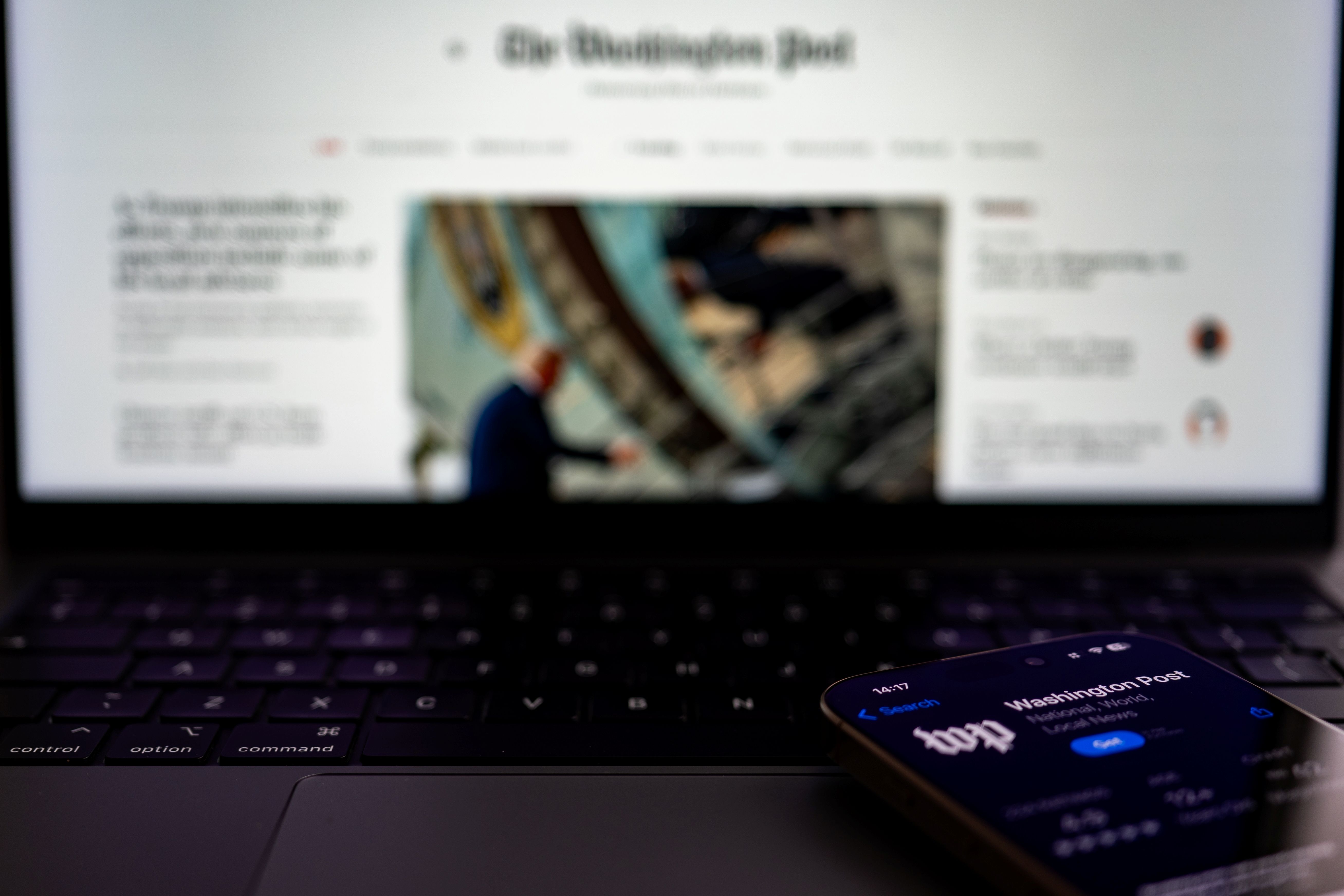خاض المدون سلفادور بريغمان تجارب متنوعة قبل أن ينحو باتجاه نمطٍ وتحدٍّ جديد في استخدام البودكاست (المحتوى الصوتي). يصف بريغمان خطواته الأولى بأنها "محاولات ضبط أساسيات هامة مثل نغمة الصوت والوصول إلى الإثارة الشاملة"، وتزامنت تجربته الجديدة عام 2015 من خلال المدونة الشعبية "كراود فاندينغ" (Crowdfunding)، مع بدء رواج المحتوى الصوتي واستعادة "الراديو" لمكانته في حياة الناس، ولكن بحضور مختلف عبر شكله الحديث "البودكاست"، وهو ما يدل على أنّ هذا النمط لا يزال حاضراً ومقبولا لدى الجماهير، بينما تتراجع شعبية المدونات الإلكترونية خصوصاً تلك التي تتضمن مقالات طويلة، بدعوى أنها لا تناسب نمط حياة الناس السريع.
وفي مقارنة ذاتية، يتحدث بريغمان عن مدونته التي أطلقها عام 2012 حول موضوع التمويل الجماعي، قبل أن يطلق محتوى صوتيا حول الموضوع نفسه عام 2015، ويقول "حظيت مدونتي بملايين المشاهدات، وتمّ الاستماع إلى البودكاست من قبل أكثر من 15 ألف شخص حول العالم".
إذاً، بات الحديث عن تنبؤات انحسار الراديو واختفائه تدريجياً، من الماضي، بعد مرحلة تعززت فيها هذه الفرضية مع انتشار المنصات الرقمية، لا سيما خاصية "فيديو حسب الطلب" (Video on Demand) التي تسمح للمستخدمين بالمشاهدة عند الطلب.
وبات معروفاً أن جيل الألفية يفضّل المحتوى القصير لما يوفره من معلومات دسمة بشكل سلس وخفيف وسريع، وتشير الأرقام إلى ارتفاع معدل انتشار البودكاست بنسبة تتراوح بين 10 و20% في السنوات الأخيرة مع زيادة مطردة لنسبة المتابعين، في حين أخذ العديد من المشاهير البارزين خطوة باتجاه البث الإذاعي الجديد.
ومع بروز أشكال جديدة مثل التدوين الصوتي والبودكاست والكتب الصوتية، استطاعت الأخيرة أن تكون محط اهتمام كثيرين، بعدما ارتفعت مبيعاتها في العالم مقابل انخفاض مبيعات الكتب الإلكترونية، فهل يصبح المحتوى الصوتي عدوا جديدا للتدوين الإلكتروني يدفع به إلى الهاوية، أم سيعطيه بصيص أمل ليتغلغل في حياة الناس مجدداً؟
التدوين الإلكتروني.. شعبية كبيرة بمستقبل غامض
بلغت المدونات الإلكترونية ذروة انتشارها بين العامين 2005 و2007، حيث كان المشاهير يدوّنون ممارساتهم اليومية، وهو ما لفت انتباه الجماهير بشكل ساحر، وفي الوقت نفسه، جمَّع كثيرون ثروات من التدوين الإلكتروني فقط، فكان صنّاع المحتوى مهووسين بهذا النوع، لقدرتهم على لفت انتباه جمهور هائل من القرّاء المخلصين، وذلك بشكل بسيط، عبر توفير تدوينات تتناول جوانب من حياتهم الشخصية باستمرار وبشكل تلقائي وعفوي. ومع الوقت، أصبحت المدونات الإلكترونية أكثر شبهاً بالمطبوعات، ولم تقتصر على مشاركة آراء الناس وأفكارهم، بل تعدت ذلك إلى أغراض أخرى مثل التعليم، ومشاركة الأخبار، والترفيه.. إلخ.
وفي ظل الشعبية الكبيرة التي حظيت بها المدونات الإلكترونية، اشتد التنافس بين الشركات الكبرى للاستحواذ على المدونات ذات التأثير، واشترت شركة "AOL" صحيفة "ذي هافينغتون بوست" (The Huffington Post) مقابل 315 مليون دولار (1)، وبيعت أيضا المدونة الشهيرة "فيرال نوفا" (ViralNova) مقابل 100 مليون دولار! (2). هذه الأرقام دفعت الشباب إلى مجال التدوين الإلكتروني، حتى وصل عدد التدوينات الإلكترونية التي تُنشر شهريا إلى أكثر من 80مليون تدوينة (3).
عدد التدوينات الهائل يدل في ظاهره على حجم الانتشار والقدرة على الاستمرارية، ولكن مؤلف كتاب "كيف تؤسس مدونة ناجحة" (how to build a successful blog) رامساي تابلين يخبرنا أن كل واحدة من ملايين المدونات التي بدأت عام 2018 مقدر لها أن تفشل وتموت موتًا بطيئًا ومملا، وذلك لأسباب كثيرة أهمها تراجع عدد زوار المدونات تدريجياً نتيجة تشتتها بشكل كبير، وانعكس ذلك سلباً على الجمهور، ودفعه إلى الهروب نحو أنواع المحتوى الأخرى بدلا من قضاء وقت كبير في المفاضلة بين أعداد التدوينات الهائل لاختيار ما يناسبه (4).
التدوين الصوتي وبداية العصر الذهبي
على الرغم من أن التدوين الصوتي حديث العهد، فإن أعداد حلقات البودكاست في العالم -حسب شركة "آبل"- شارفت على النصف مليون (5)، وهو رقمٌ ليس بقليل، ورغم ذلك، فإنه لا يزال يشكّل 0.6% فقط من التدوينات الإلكترونية المتوافرة على الإنترنت.
يُعدّ جمهور البودكاست وفياً وملتزماً بمتابعة حلقاته، وهو ما أظهره استبيان لشركة "نيلسن"، إذ أكد 35% من متابعي البودكاست أنهم استمعوا إلى كامل حلقات البرامج التي يتابعونها، حتى تلك التي أنتجت قبل البدء بمتابعتها (6)، بينما أكد 45% منهم أنهم استمعوا لأغلب الحلقات، وفي هذا دلالة على ارتباط المتابعين بالبودكاست الذي يستمعون له. وقد يكون السبب في ذلك أن منتجيه يشاركون المواضيع المطروحة بود وعفوية مع الجمهور، وهذا يجعل من التجربة أكثر إنسانية بالنسبة للمستمع.
بإمكاننا أن نعتبر أننا نعيش عصر انتشار البودكاست الذهبي، فقرابة 80% من جيل الألفية يحمل هاتفاً ذكياً واحداً على الأقل (7)، مما سهّل عملية إنتاج البودكاست والاستماع إليه في أي وقت وأي مكان، خصوصاً أن كل برامجه توفر خدمة "آر.أس.أس" (RSS) حيث يتم تحميل الحلقات أولا بأول بمجرد توفيرها من قبل معدّ البودكاست، وهي تسهيلات جعلت 50% من الشعب الأميركي مهتماً ومتابعاً لبودكاست واحد على الأقل (8).
عالمياً، تعتبر كوريا أكبر منتج لحلقات البودكاست. أما عربياً فلا تزال صناعته في طور النمو، إذ تبلغ عدد برامجه المتوافرة على الإنترنت في العالم العربي نحو 365 (9). كما أن قائمة الدول الأكثر إنتاجاً له حول العالم، لا تتضمن بلداً عربياً واحداً.
هل يعيد التدوين الصوتي إحياء القراءة في العالم العربي؟
عاد أمل إحياء القراءة في العالم العربي من جديد استناداً إلى انتشار المدونات الصوتية كأداة لاكتساب المعرفة والإسهام في رفع الوعي في العالم العربي.
في العامين 2017 و2018، عملتُ على تحويل أكثر من 700 مقالة مكتوبة إلى مقالات صوتية لصالح العديد من المنصات والكتّاب، ولفت انتباهي حرص المتابعين على العودة إلى النسخة المكتوبة لكل مقالة صوتية نرفعها على "الساوند كلاود"، مما دفعني للتساؤل عن سبب قيام المستخدمين بذلك، ووجدت الإجابة في مقالات عدة للدكتور دانيال ويلينغهام (10) أستاذ علم النفس في جامعة فرجينيا ومؤلف كتاب "تربية الأطفال الذين يقرؤون"، حيث تحدث الدكتور في أغلب مقالاته عن الفروقات في عملية الفهم بالنسبة للعقل باستخدام حاستي السمع والبصر، أي بين الاستماع والقراءة، وأشار إلى أن لكل حاسة منهما خصائصها المساعدة على الاستيعاب بطريقة مختلفة. فمثلا، يتم الاستيعاب عن طريق السمع بخلق تجربة اجتماعية للعقل تتسبب فيها عملية نقل المشاعر بين الشخص المتحدث والمستمع، وهذا يساعد العقل على امتصاص المعلومة بشكل أسرع، في حين أن فعل القراءة يعتمد على حركات العين التي ترصد الحروف ثم تُحللها إلى كلمات ومن ثم يركّب العقل الجمل ويستخلص المعاني، وهو ما يجعل عملية الاستيعاب تستغرق وقتاً أطول ولكنها في الوقت ذاته تكون معززة للفهم بشكل أكبر. إذاً ما يدفع المستخدم للقراءة والاستماع معًا هو أن عملية الفهم تحدث كالآتي: عند الاستماع، يمتص العقل المعلومات بشكل سريع، وعند القراءة يثبّتها ويهضمها أكثر!
فهمي لهذه العملية ساعدني على فهم سلوك المستخدمين بالعودة لقراءة المقالات بعد الاستماع لنسخها الصوتية، وكان هذا مبشراً بالنسبة لي، إذ أظن أن شيوع التدوين الصوتي سيساعد الناس أكثر على التنبه إلى أهمية القراءة في توسيع مداركهم وزيادة معلوماتهم، وهذا ما يساعد في بناء مجتمعات مثقفة وواعية.
مصادر:
1- http://www.podcastinghacks.com/blogging-vs-podcasting/
2- http://www.podcastinghacks.com/blogging-vs-podcasting/
3- https://howtomakemyblog.com/blogging-statistics/
4- https://www.blogtyrant.com/why-99-percent-of-blogs-will-fail/
5-https://variety.com/2018/biz/news/podcasts-film-tv-development-1202684555/
6- https://www.podcastinsights.com/podcast-statistics/
7- https://dolphinuz.com/blog/single/33/Millennials
8-https://www.nielsen.com/us/en/insights/reports/2017/nielsen-podcast-insights-q3-2017.html
10-http://time.com/5388681/audiobooks-reading-books/


